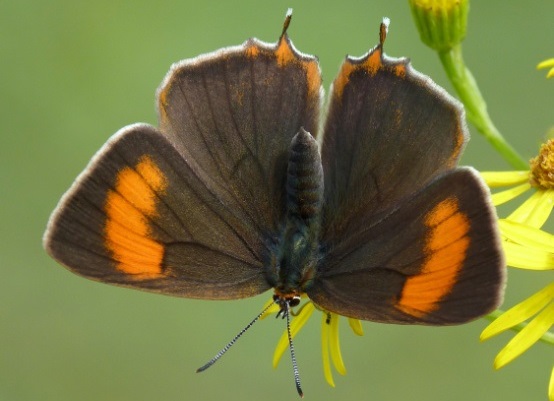
This is part 8 of an exclusive report specially commissioned by Brighton & Hove News on the butterflies of our city and so you may wish to save all of the parts for future reference!
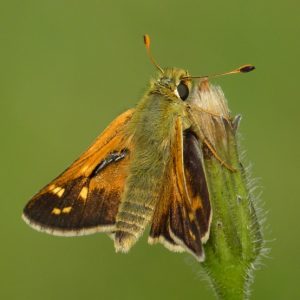
Brighton and Hove Butterfly Sites – Hangleton/Portslade – North-West Hove:
Benfield Hill LNR:

Overall number of butterfly and moth species recorded on site: 34 species of butterfly and good numbers can be seen of day-flying moth species. Over 112 moth species have been recorded due to greater moth trapping efforts.
Site description: Benfield Hill LNR is located between New Barn Farm to the East and West Hove Golf Course to the West. North of the A27 Brighton By-pass on the northern boundary of Hangleton at the Interchange and link road. From vantage points on the reserve you can see surrounding downland and a view across to the sea. Gentle and steeply sloping areas of chalk grassland, scrub and secondary woodland.
Main butterfly species to look out for: Dingy Skipper, Grizzled Skipper, Wall, Small Blue, Dark Green Fritillary, Chalk Hill Blue, Silver-spotted Skipper and Brown Hairstreak.
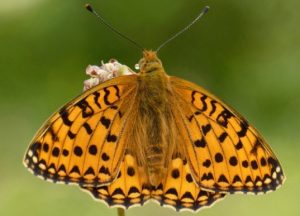
Best butterfly locations: The eastern slope consist of chalk grassland and scrub nearest the A27 towards the southern boundary of the reserve, here you may see a wide range of species, heading towards the northern boundary of the eastern slope it builds steeper into scrub thickets and secondary woodland.
Somewhat elusive, the Brown Hairstreak butterfly can be found in August and September, females will gravitate to Blackthorn scrub along the northern boundary of the reserve, focus your search efforts around midday during sunny and warm weather when females will lay their eggs on the Blackthorn. In the far north-east corner of the reserve the steepest part of the site drops away into a coombe, butterflies may shelter here in sunny but windy conditions. The western boundary of the reserve consists of shallow sloping uninterrup rough grassland where a variety of summer butterflies may also be seen.
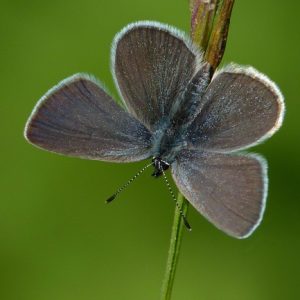
Travel Directions:
Pedestrian entrances: There is a public footpath which cuts across the bend along Meads Avenue, this is a continuation of the same path further south starting on Hangleton Lane, where the entrance is a couple of meters to the right of the Benfield Valley Golf Course car park, the path starts just past the pedestrian road crossing heading towards Hangleton Valley Drive. As you reach the extreme northern end of the footpath it bends to the left, following the edge of a woodland strip which borders the A27, by keeping to the path you’ll find the foot bridge which crosses over the A27 on your right, this is at the
northern extreme of the Benfield Valley Golf Course, once over the A27 you can then take the West or East bound paths which both bring you to the boundary of Benfield Hill LNR, where you can enter the reserve the other side of the road which leads up to West Hove Golf Club. Alternatively you can cut across Benfield Valley Golf Course from it’s car park following the pedestrian path that cut through the length of the greenway to the northern end where you will come to the foot bridge which crosses over the A27, located towards the North-East corner.
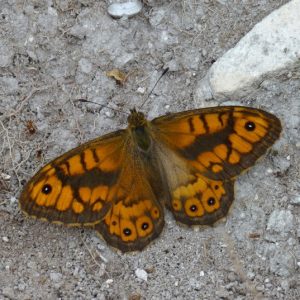
Parking: Benfield Valley Golf Course car park and the southern end of Warenne Road adjacent to Meads Avenue, Hangleton.
Buses: 16 and 55.
Useful links: https://benfieldwildlifeandconservationgroup.wordpress.com/ & http://www.brighton-hove.gov.uk/sites/brighton-hove.gov.uk/files/downloads/countryside/Benfield_Hill_Management_Plan_2011-2016.pdf
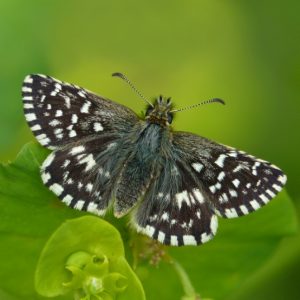
Brighton and Hove Butterfly Sites – Other notable Public Parks, Green Spaces and Gardens:
Mackie Park, Blakers Park, Withdean Park, Preston Park, The Level, Queens Park, Three Cornered Copse, Hove Park, Wish Park, St Ann’s Well Gardens, Royal Pavilion Gardens and adjacent Victoria Gardens.
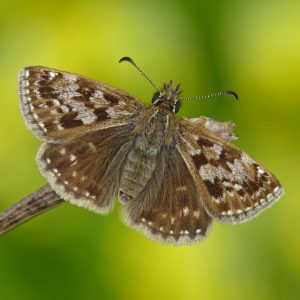
Main butterfly species to look out for:
White-letter Hairstreak, Holly Blue, Speckled Wood, Red Admiral, Small White, Large White and Meadow Brown.

Areas to search:
All Parks and Gardens listed above have their own colonies of White-letter Hairstreak, a result of the large and well managed National Elm Collection held by Brighton and Hove. Look up into the canopy of Elm trees throughout July to spot these small dark triangular shaped butterflies as they move about. Preston Park’s Preston Twins, the two English Elms thought to be around 400 years old hold a strong population, worth seeing just for their large hollow tree trunks, located by Preston Manor near the bus shelter off the Preston Road. Butterflies are most like to fly and rest around area of flower
beds and shrubs, where they may seek out nectar rich plants and shelter from the wind.
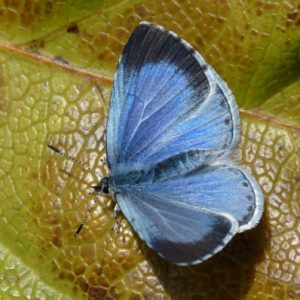
Friend of Groups/websites (where available) in order of list above:
http://www.blakerspark.org.uk/
http://friendsofwithdeanpark.zohosites.com/
http://www.friendsofprestonpark.org/
http://thelevelbrighton.org.uk/
http://www.fqpbrighton.net/
http://www.threecorneredcopse.org.uk/
http://www.friendsofhovepark.org/
http://www.stannswellgardens.co.uk/
https://www.royalpaviliongardens.co.uk/
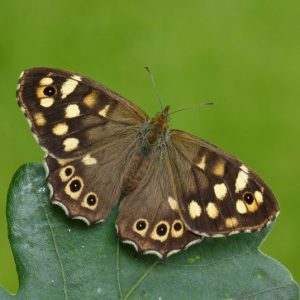
Brighton and Hove City Council, Cityparks, Park Rangers:
The Council Park Rangers provide the opportunity of assisted volunteer conservation work across the large majority of our ‘Friends of’ groups and local nature reserves in Brighton and Hove. For more information on how you can get involved in volunteering and contact details, see the following link:
https://www.brighton-hove.gov.uk/content/leisure-and-libraries/parks-and-green-spaces/volunteering-opportunities-our-parks-and-open
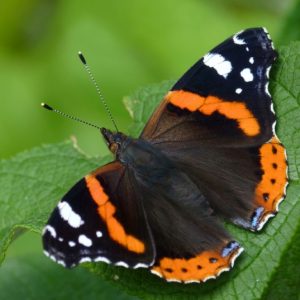
Other useful links:
Parks and Green Spaces – http://www.brighton-hove.gov.uk/content/leisure-and-libraries/parks-and-green-spaces/parks-and-green-spaces-a-z & http://www.blakerspark.org.uk/wp-content/uploads/2012/07/BH-Parks-white-outlined.pdf
Elm Trees – https://southdownrise.wordpress.com/2016/11/05/brighton-elm-tree-walks/ &
http://www.brighton-hove.gov.uk/content/leisure-and-libraries/parks-and-green-spaces/national-elm-collection
Local wildlife recording, sharing, conservation community (Brighton and Hove’s Wildlife Forum) – http://www.bhwf.org.uk/
Brighton Conservation Volunteers (independent from council) –
http://www.brightonconservationvolunteers.org/

BHCC Nature Improvement Areas: Butterfly Banks and Wildflower Planting:
Brighton and Hove City Council (BHCC) have created Butterfly Banks and area of Wildflower planting, a recreation of Dr Dan Danahar’s (http://bignature.co.uk/) initiative work at Dorothy Stringer School whereby creating a substrate of pure chalk to allow wildflowers seen naturally on the South Downs to thrive within our city, planting plug wildflowers grown from native and locally sourced seed from our nature reserves, grown behind the scenes by John Gapper at Stanmer Nursery. Brighton and Hove City
Council, Cityparks, Park Rangers and local volunteers planted the wildflower plug plants across our city, allowing butterflies to breed, build populations and stock up on nectar for energy, bring them ever closer into the heart of the city for everyone to enjoy. See the map below for site names and their distribution across our city.
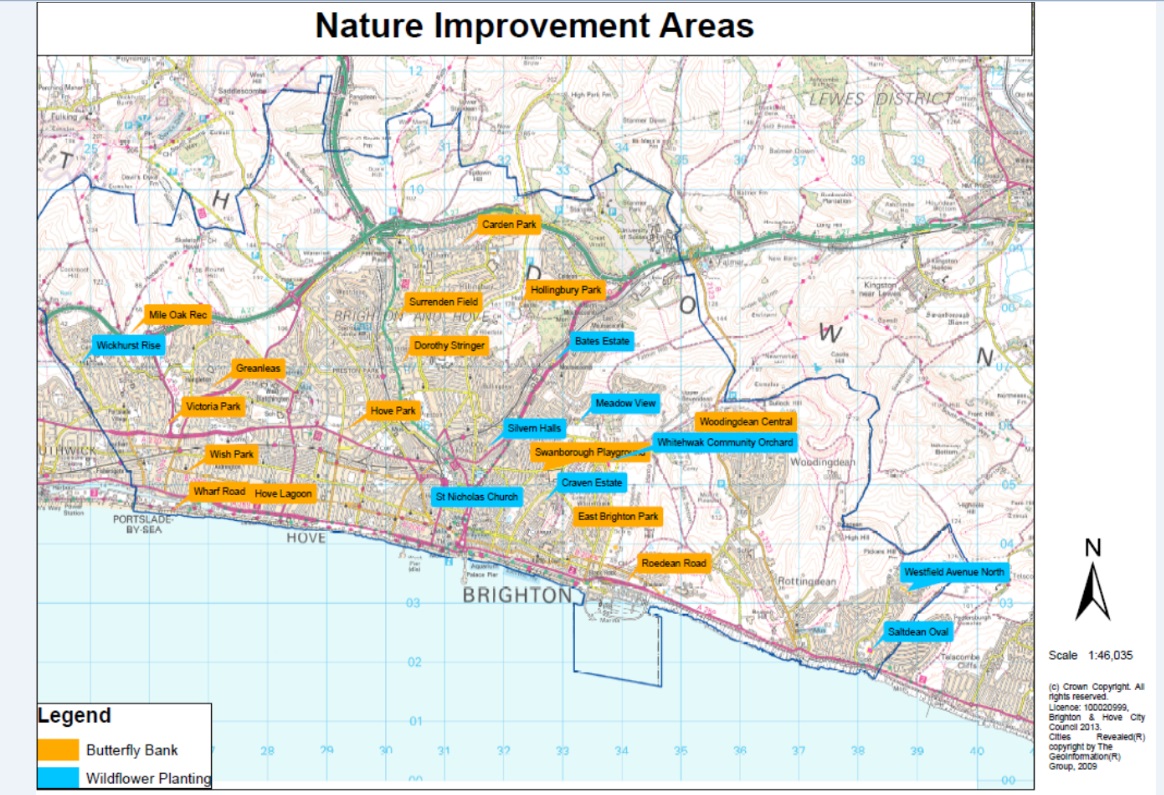
Nature Improvement Areas map courtesy of Paul Gorringe, Brighton and Hove City Council, Cityparks, Park Ranger.
Allotments:
Brighton and Hove Allotment Federation in collaboration with Butterfly Conservation – Sussex Branch produced a leaflet entitled ”An Allotmenteer’s Guide to Butterflies and Moths”, see the Brighton and Hove Allotment Federation web page here:
http://www.bhaf.org.uk/page/butterflies_and_moths_conservation
Whilst an extended and more in depth version can be found by directly visiting the Butterfly Conservation – Sussex Branch page here: http://www.sussex-butterflies.org.uk/conservation/allotments/

The leaflet and web page came about as targeted butterfly survey work on Roedale Valley Allotments, a site parallel with Hollingbury Park was conducted by Jamie Burston, volunteer of Butterfly Conservation – Sussex Branch, the work highlighted the importance Allotments have as a unique and varied habitat in supporting a range of butterflies. From survey work conducted during 2016-2017, 24 different butterfly species have been recorded on Roedale Valley Allotments, this number is sure to rise with continued
surveying and habitat creation and improvement. As a result Butterfly Conservation – Sussex Branch now has a half sized plot at Roedale Valley Allotments to benefit the butterflies currently recorded on site and to support and encourage new species. This year (2017) Small Blue looks set to colonise the Butterfly Conservation – Sussex Branch plot as both males and females have ventured into the plot and wider site for the first time, due to the introduction of Kidney Vetch, the plant the butterfly lays it’s eggs on.
About the author of these exclusive reports:
Jamie Burston is a local resident and Brighton based wildlife artist. His highly detailed illustrations are based on photographs that he has taken of local observations of the butterflies he encounters in Brighton and Hove and wider Sussex and thus forming the reference of his drawings and paintings. Visit Jamie’s online shop here: https://www.etsy.com/uk/shop/JamieBurstonArt
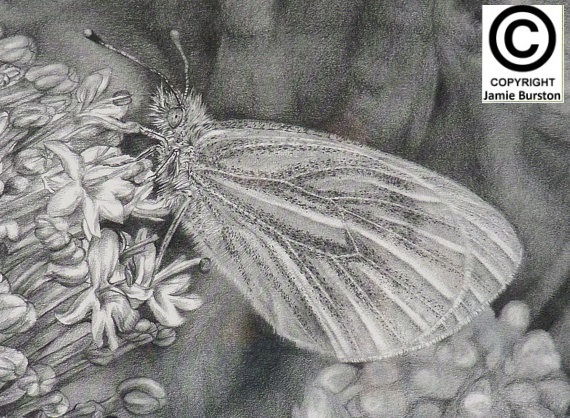
Acknowledgment:
Thank you to the following people for providing information towards the article: Jamie Burston, Paul Gorringe, Peter Whitcomb, Geoff Stevens, Tessa Pawsey, Dan Danahar, Annabeth Horsley, Bob Foreman and Neil Hulme (who supplied the lovely photos).
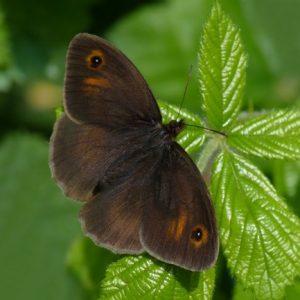
By popular request, the previous 7 articles can be located by clicking the links below:
Butterflies of Brighton & Hove – Part 1:
Butterflies of Brighton & Hove – Part 2:
Butterflies of Brighton & Hove – Part 3:
Butterflies of Brighton & Hove – Part 4:
Butterflies of Brighton & Hove – Part 5:
Butterflies of Brighton & Hove – Part 6:
Butterflies of Brighton & Hove – Part 7:







Blencowe and the boys (Hulme, Danahar) et al do a great job of charting and preserving our indigenous local species’.
Yes indeed they do. Thank you for your interest.
On the 25th July 2017 a Brown Hairstreak was seen on the north fringe of Benfield (Valley) just before the golf course ends and the open fields start. There is a notice board mentioning them a bit further south by the hedgerow of blackthorn. – Perhaps the first sighting of an actual adult butterfly, their eggs have been recorded there.